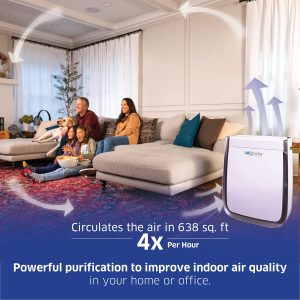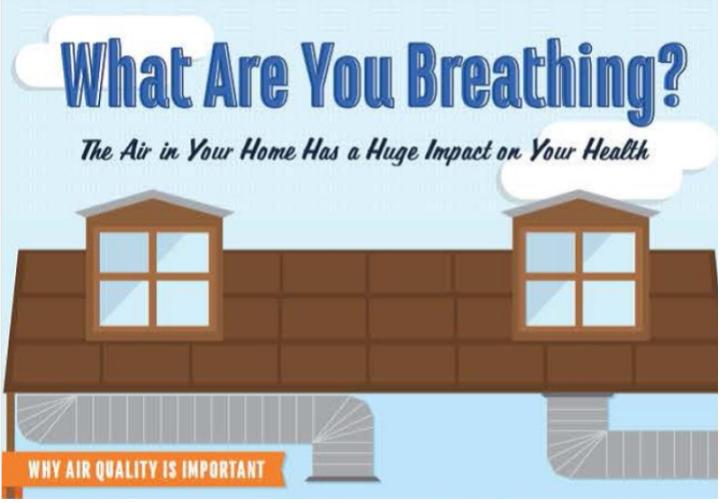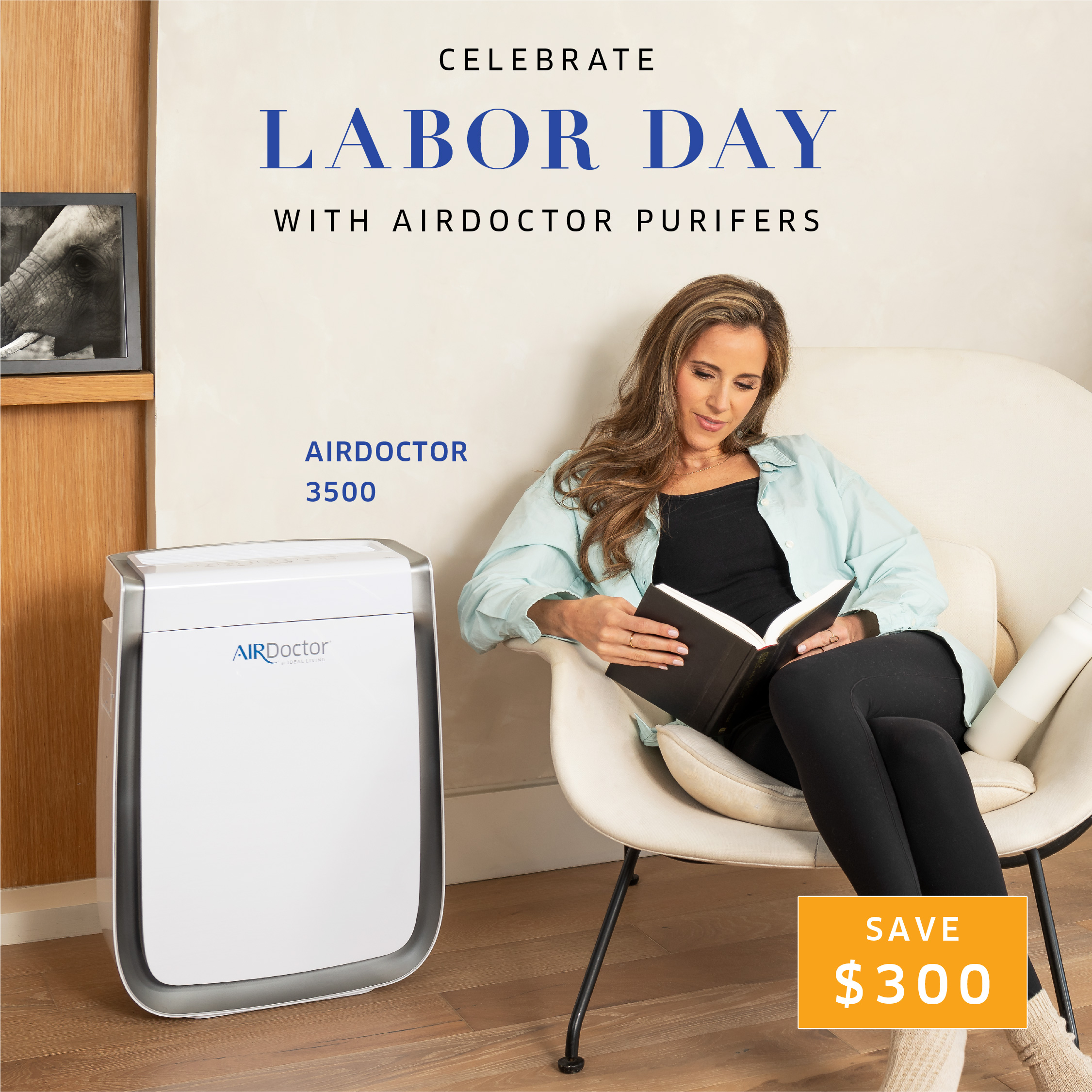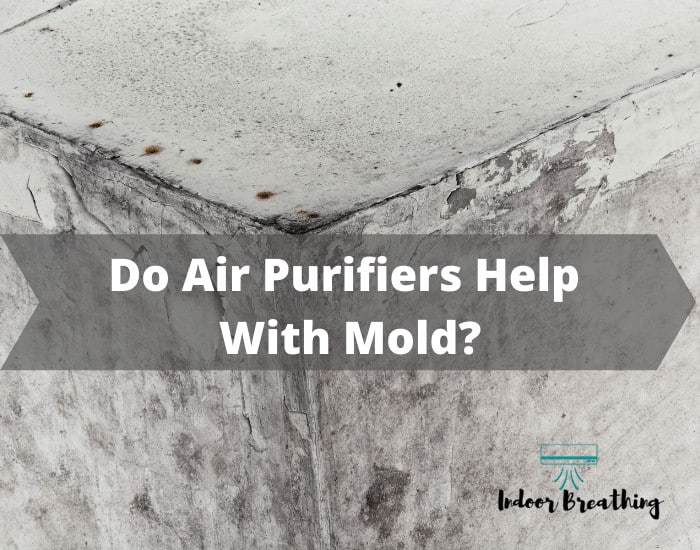About Us
 Hey! My name is Ryan Oak. I am a founder of Indoor Breathing website, which was started in June 2016. I have had a hard time dealing with my allergies. Happily, I found that an air purifier effectively eases my allergy symptoms. I’m blessed to share my experiences at Indoor Breathing. Here is a wonderful quote that I live my life by.
Hey! My name is Ryan Oak. I am a founder of Indoor Breathing website, which was started in June 2016. I have had a hard time dealing with my allergies. Happily, I found that an air purifier effectively eases my allergy symptoms. I’m blessed to share my experiences at Indoor Breathing. Here is a wonderful quote that I live my life by.
“Life is not measured by the number of breaths we take, but by the moments that take our breath away.”
– Maya Angelou
I embarked on a journey that would not only change my life but also the lives of many others who have read Indoor Breathing review website. As the founder of Indoor Breathing, I never imagined that my struggles with allergies would lead me to create a platform dedicated to helping people find relief from similar afflictions.

According to the World Allergy Organization (WAO), allergic diseases, including those triggered from both indoor and outdoor airborne allergens such as pollen, dust mites, pet dander, and mold, affect up to 30-40% of the world’s population. This includes conditions like allergic rhinitis (hay fever), allergic asthma, and allergic conjunctivitis.
Living with allergies from indoor breathing air and drinking water had always been a challenge for me. The constant sneezing, itchy eyes, and congestion seemed to follow me everywhere, casting a shadow over my daily life both indoor and outdoor activities. I tried countless remedies, from over-the-counter medications to herbal supplements, but nothing seemed to provide lasting relief for my indoor breathing symptoms.
It wasn’t until I stumbled upon an indoor air purifier that I finally found a solution that worked for me. The difference was remarkable. The indoor air purifier effectively filtered out allergens, providing me with clean, fresh breathing air that made breathing easier and alleviated my symptoms. It was a great revelation to breathe the best fresh air, and I knew I had to share my indoor breathing discovery with others who were struggling with the same symptoms like I had been.

Indoor Breathing website was born to fix indoor air pollutions. IndoorBreathing.com started as a simple blog where I shared my experiences with different air purifiers and offered tips for creating healthier indoor breathing environments. But as the Indoor Breathing website grew in popularity, it evolved into a comprehensive resource for allergy sufferers, featuring reviews, guides, and articles on everything related to indoor air quality.
I poured my heart and soul into Indoor Breathing, driven by a desire to help others find the relief and comfort that I had found. It wasn’t always easy juggling the demands of running a website with managing my own health, but the knowledge that I was making a difference kept me going.
One quote has always resonated with me and guided me throughout this journey: “Clean air is a basic necessity for a healthy life.” It’s a simple yet profound truth that underscores the importance of indoor air quality in our overall well-being. And it’s a belief that I strive to uphold in everything I do.
Don’t live a miserable life full of allergy symptoms! Live your life to the fullness, find moments that will give you joy and happiness, enjoy your life as if tomorrow will be your last day. To find moments that will take your breath away, every breath you take should be full of fresh indoor breathing air.
I’m here to help you find moments that will take your breath away as you read my Indoor Breathing Blog. I spent a lot of time researching the best air purifier. I know how hard it can be to find a suitable one. Indoor Breathing is here to provide you with different strategies for finding the best devices to live your life the fullest.
In some regions, the prevalence of allergies may be even higher. For example, in developed countries with high levels of air pollution and increased exposure to indoor allergens, the incidence of allergies tends to be more pronounced. Furthermore, your body won’t be able to heal and recover when you’re constantly having allergic reaction from both indoor and outdoor pollution. You can’t instantly change fix outdoor pollution. However, you can fix your indoor breathing air pollution by finding the best air purifier that fit your budget and your room or house size.
It’s important to note that the prevalence of air allergies can vary among age groups and demographics, with children and young adults often being more susceptible. Additionally, the impact of indoor breathing allergies on individuals’ lives can range from mild inconvenience to severe impairment of daily functioning, underscoring the significance of effective indoor breathing air management and treatment strategies.
I also read a lot about humidifiers and dehumidifiers during the reading period. In addition, I learned the mechanisms behind the technologies, manufacturers, and organizations within the industry.
As Indoor Breathing continued to gain traction and reach a wider around the world, my journey of discovery expanded beyond just air purifiers. Recognizing the interconnectedness of indoor air quality solutions, I delved into the world of indoor humidifiers and dehumidifiers, seeking to deepen my understanding of how these technologies could further alleviate respiratory discomfort and enhance overall well-being.
Immersing myself in extensive indoor breathing research, I read articles, studies, and expert opinions on humidification and dehumidification. I learned about the intricate mechanisms behind these indoor breathing devices, understanding how humidifiers add moisture to the air to combat dryness and soothe irritated airways, while dehumidifiers extract excess moisture to prevent mold growth and mitigate allergen proliferation.
But my quest for indoor breathing knowledge didn’t stop there. I delved into the nuances of different types of humidifiers and dehumidifiers, from ultrasonic and evaporative humidifiers to desiccant and compressor-based dehumidifiers. I explored the pros and cons of each technology, considering factors such as energy efficiency, maintenance requirements, and effectiveness in various environments.
In addition to studying the indoor breathing products themselves, I familiarized myself with the leading manufacturers and organizations shaping the industry. I sought insights into their indoor breathing research and development efforts, product innovations, and commitment to sustainability and consumer safety. I gained valuable insights that informed my recommendations and reviews on Indoor Breathing.

Armed with this newfound knowledge, I expanded Indoor Breathing’s coverage to include comprehensive guides, comparisons, and reviews of humidifiers and dehumidifiers. I shared practical tips for choosing the right device for specific needs and environments, empowering my readers to make informed decisions about their indoor air quality solutions.
As Indoor Breathing continued to evolve into a trusted resource for allergy sufferers and health-conscious individuals alike, I remained steadfast in my commitment to providing accurate, unbiased indoor breathing information that could make a tangible difference in people’s lives. And with each new discovery, I was reminded of the transformative power of knowledge and the boundless potential for creating healthier, happier indoor breathing environments.
My main plan was:
“To help people live in healthy air at home, teach about indoor air appliances such as air purifiers, humidifiers, and dehumidifiers.”
Indoor Breathing is here to answer these invaluable questions about your indoor air breathing environment.
What’s the effect of second hand smoking?
Secondhand smoke, often referred to as environmental tobacco smoke (ETS), is a pervasive and insidious health hazard that affects millions of individuals worldwide. It consist of two distinct forms of smoke discharging from tobacco consumption: sidestream smoke and mainstream smoke. In order to comprehend the full extent of its dangers, it is imperative to dissect the what is behind secondhand smoke exposure and how secondhand smoke affects indoor breathing air.
Sidestream smoke is the byproduct of combustion, originating from the burning end of cigarettes, pipes, or cigars. Unlike mainstream smoke, which is directly inhaled and subsequently exhaled by the smoker, sidestream smoke spread into the surrounding environment, infiltrating the air with a toxic fume of chemicals and particulate matter. Despite its indirect nature, sidestream smoke is no less harmful, containing higher concentrations of carcinogens and toxins than its mainstream counterpart. Sidestream smoke will create toxic indoor breathing environment for everyone living inside the house.
Mainstream smoke, conversely, is exhaled by the smoker after inhalation. As the tobacco burns from indoor smoking, it releases a multitude of chemical compounds, many of which are known carcinogens and irritants. Even when the cigarette or cigar is not actively being smoked, the combustion process continues, albeit at a slower pace, perpetuating the emission of harmful substances into the indoor breathing air. This phenomenon underscores the persistence of secondhand smoke in indoor breathing environments long after the smoker has left the vicinity. Just having smoking products inside your house is enough to create harmful indoor breathing byproduct.
What’s the Purpose Indoor Breathing Air Quality Test?
Indoor Breathing air is invisible to the naked eye yet profoundly impactful on our health. The quality of the air we breathe indoors plays a crucial role in our overall well-being. An indoor breathing air quality test serves as a vital tool in assessing the composition of indoor air, shedding light on the presence of pollutants and contaminants that may compromise both air quality and health outcomes. By understanding the significance of indoor air quality testing, individuals can take proactive steps to safeguard their indoor environments and promote better indoor breathing health.
Are you plagued by persistent allergies characterized by coughing, sneezing, or a runny nose? The culprit may lie within the confines of your indoor air breathing home, where common pollutants such as dust mites, pollen, and pet dander proliferate. These indoor airborne irritants can trigger allergic reactions and exacerbate respiratory symptoms, leading to discomfort and diminished quality of life. An indoor breathing air quality test can pinpoint the specific allergens present in your indoor environment, empowering you to implement the best solutions and mitigate allergic reactions effectively.
Moreover, recurrence of unexplained illness or frequent sore throats may also be attributed to poor indoor air breathing quality. Pollutants such as mold spores, bacteria, and volatile organic compounds (VOCs) can compromise immune function and contribute to respiratory infections and respiratory distress. Through comprehensive indoor breathing air quality testing, individuals can identify potential sources of contamination and implement remediation strategies to create a healthier indoor breathing environment.
How to Best Improve Indoor Breathing Air Quality Using the Houseplant?
To create a healthier indoor breathing environments, a simple yet remarkably effective solution lies within reach: houseplants. Beside houseplant’s aesthetic appeal, indoor breathing plants play a pivotal role in improving indoor breathing air quality by filtering out harmful compounds and pollutants, thus creating a healthier and more rejuvenating atmosphere for us to breathe. Harnessing the natural purification capabilities of houseplants offers a sustainable and accessible means of enhancing indoor breathing air quality and promoting overall well-being.
The symbiotic relationship between plants and humans extends beyond mere appearance; it encompasses a mutually beneficial exchange of air breathing gases essential for life. Through the process of photosynthesis, plants absorb carbon dioxide and release oxygen, replenishing the best air with fresh, breathable oxygen. However, the benefits of indoor plants extend far beyond oxygen production, as they possess the remarkable ability to remove airborne toxins and contaminants, effectively purifying the indoor breathing air we breathe.
The good news is that these air-purifying plants are readily available and easily adaptable to indoor breathing environments, making them accessible to individuals seeking to optimize their indoor air quality. From the vibrant foliage of spider plants to the elegant fronds of peace lilies, a diverse array of plant species exhibit exceptional air-purifying properties, offering both aesthetic beauty and functional benefits. By strategically placing these plants throughout your home, you can create a sanctuary of clean, rejuvenating indoor breathing air that nurtures both body and soul.
Among the many pollutants targeted by indoor breathing plants, formaldehyde and benzene rank among the most prevalent and harmful. These toxic chemicals are commonly found in household products such as paints, cleaning agents, and synthetic materials, posing health risks ranging from respiratory irritation to long-term health effects. Fortunately, certain plant species, including snake plants, pothos, and peace lilies, excel at absorbing and neutralizing these airborne toxins, effectively detoxifying the indoor breathing environment and promoting respiratory health.
Today, Indoor Breathing stands as a testament to the power of conviction and the transformative potential of knowledge. Through our comprehensive guides, informative articles, and unbiased reviews, we strive to demystify the world of indoor air quality and empower our readers to make informed decisions about their health and well-being. Whether you’re seeking guidance on choosing the right air purifier for your home, exploring the benefits of humidification, or learning about the latest innovations in indoor air quality technology, Indoor Breathing is here to serve as your trusted companion on the journey to healthier living.
How To Get Rid Of Mold Spores In the Indoor Breathing Air?
Mold—a silent intruder that lurks in the shadows of our indoor air breathing homes, posing a threat to both property and health. Its presence in the air can wreak havoc on allergies and respiratory health, manifesting in various unpleasant symptoms that are often difficult to detect and address. In this article, we delve into the nature of air mold growth, its potential health risks, and practical strategies for prevention and removal indoor breathing mold.
Contrary to popular belief, mold is not limited to damp, dark corners; it is omnipresent in the atmosphere and can thrive in a variety of indoor climates and environments. Mold spores, microscopic particles released by mold colonies, float freely in the air, waiting for the right conditions to take root and proliferate on stagnant indoor air. While some mold fungi, such as penicillin, have beneficial applications, others pose significant health risks to humans, particularly common black mold, which can trigger severe respiratory problems and pose serious health hazards.
The insidious nature of air breathing mold underscores the importance of proactive measures to prevent its growth and proliferation. Simple techniques can help lessen the presence of mold spores in the air and mitigate potential health risks. One crucial step is to address any sources of moisture or water intrusion in the home promptly. Leaking pipes, roof leaks, or condensation buildup can create ideal breeding grounds for indoor mold growth. By promptly sealing leaks and addressing moisture issues, homeowners can prevent mold from spreading throughout the indoor environment.
How Do Whole House Dehumidifiers Work?
Dehumidifiers play a crucial role in maintaining optimal indoor air breathing quality by reducing excess moisture levels that can lead to mold growth, musty odors, and respiratory issues. Understanding the mechanics and various types of dehumidifiers is essential for selecting the most suitable solution for your specific needs.
Refrigeration-Based Dehumidifiers: One of the most common types of dehumidifiers, refrigeration-based models operate by cooling warm, moisture-laden air that is drawn through a grille. As the air cools, the moisture condenses into liquid water, which is collected in a water tank. The now moisture-free air passes over a heating element and warms back to its original temperature before being circulated back into the indoor breathing room. These dehumidifiers are known as compressor dehumidifiers and are highly effective at removing excess humidity from the air.
Absorption/Adsorption Dehumidifiers: In contrast to refrigeration-based dehumidifiers, absorption or adsorption dehumidifiers remove moisture from the indoor air by absorbing or adsorbing damp air into a drying material, typically a desiccant. These dehumidifiers, known as desiccant dehumidifiers, are often used in applications where low humidity levels are required, such as industrial settings or specialized environments.
Whole-House Dehumidifiers: Whole-house dehumidifiers are fixed units connected to a home’s HVAC system, providing comprehensive indoor moisture control throughout the entire living space. There are two primary types of whole-house dehumidifiers:
- Compressor/Heat Pump Dehumidifiers: These units operate similarly to portable compressor dehumidifiers, cooling and dehumidifying the indoor air before reheating it and circulating it back into the home. They are highly effective at maintaining the desired humidity level and are suitable for residential applications.
- Chemical Absorbent/Desiccant Dehumidifiers: While less common in residential settings, chemical absorbent or desiccant dehumidifiers utilize desiccant materials to absorb moisture from the air. They are more commonly used in industrial or commercial settings due to their high energy consumption and cost.
Dehumidifying Ventilators: Dehumidifying ventilators, although less common, are often used in basements or confined spaces. These units incorporate a sensor and exhaust fan to remove excess moisture from the indoor breathing air. However, they are generally less effective than other types of dehumidifiers and may not provide sufficient moisture control in larger spaces.
Feel like your indoor air is not healthy or don’t even know how to measure that?
Then, relax, take a coffee, and read on Indoor Breathing website. I have covered any topic about the indoor air here.
If you can’t find something, feel free to contact me using email info (at) Indoorbreathing (dot) com.
Also, you are invited to send me your questions or topics you want me to cover. I will help with pleasure.


